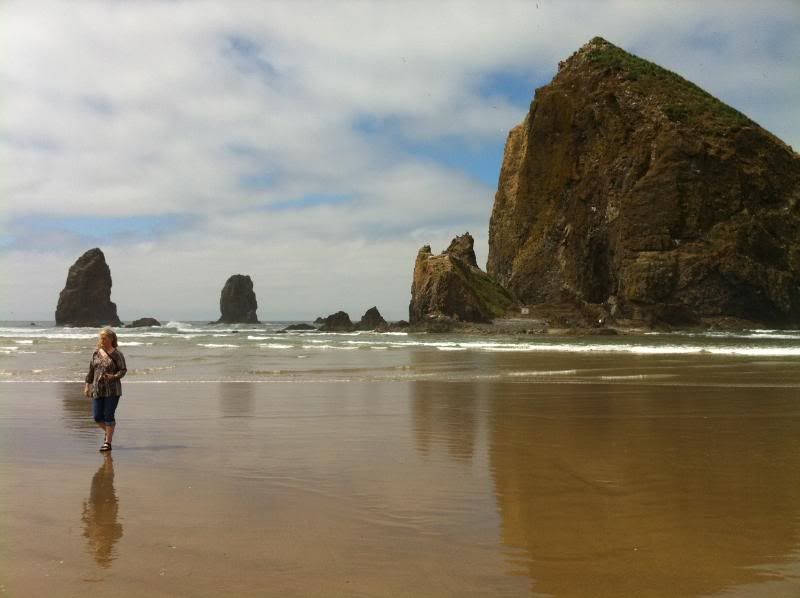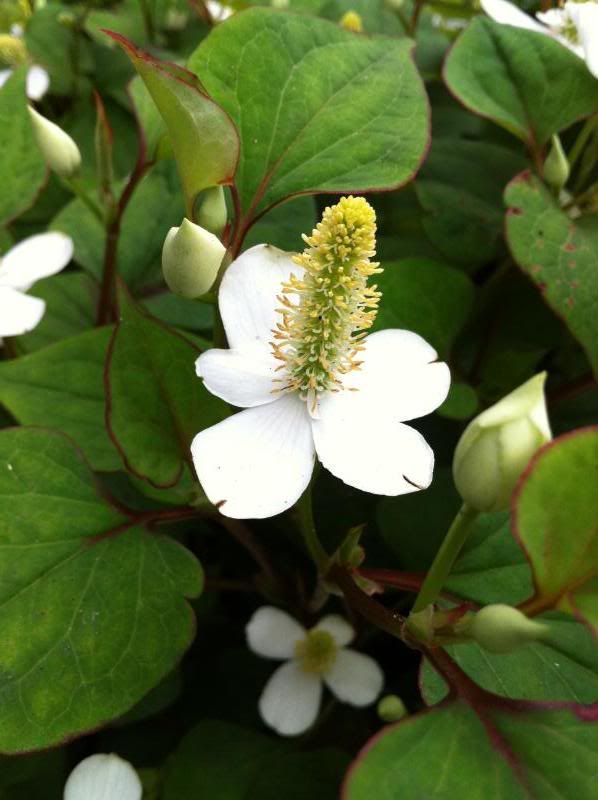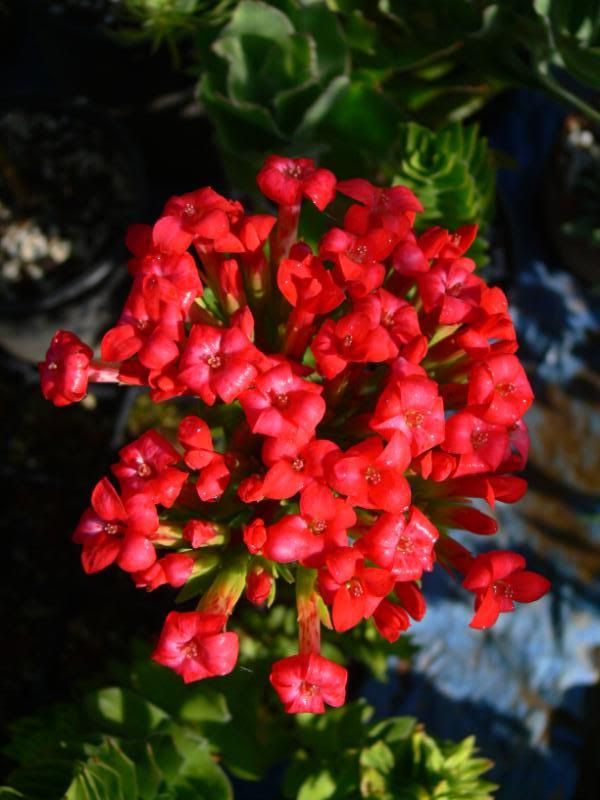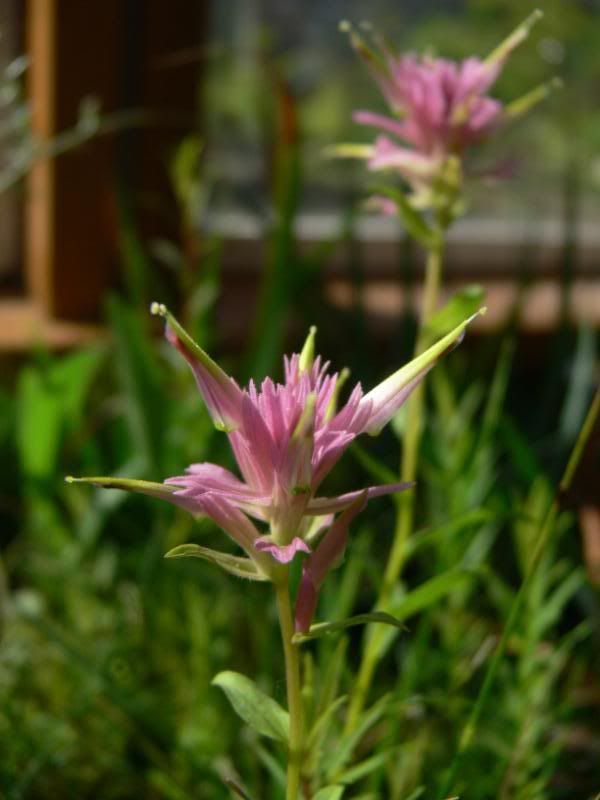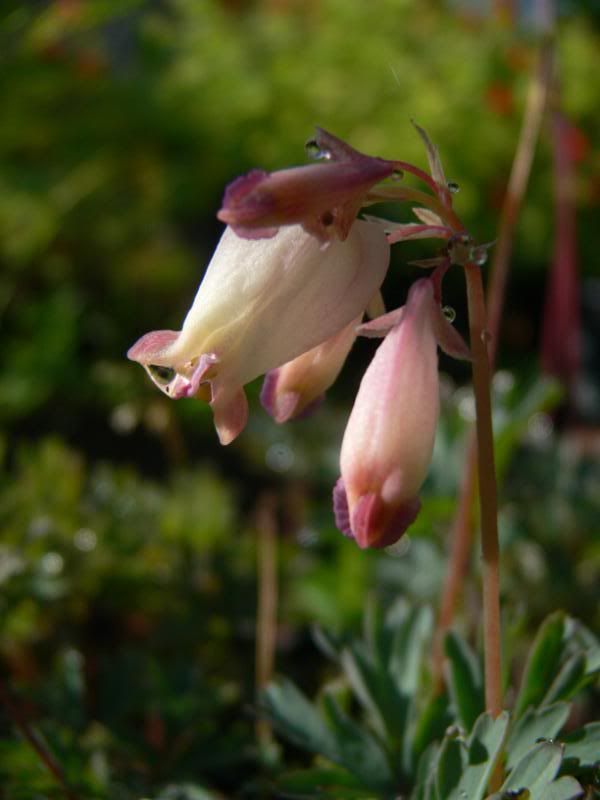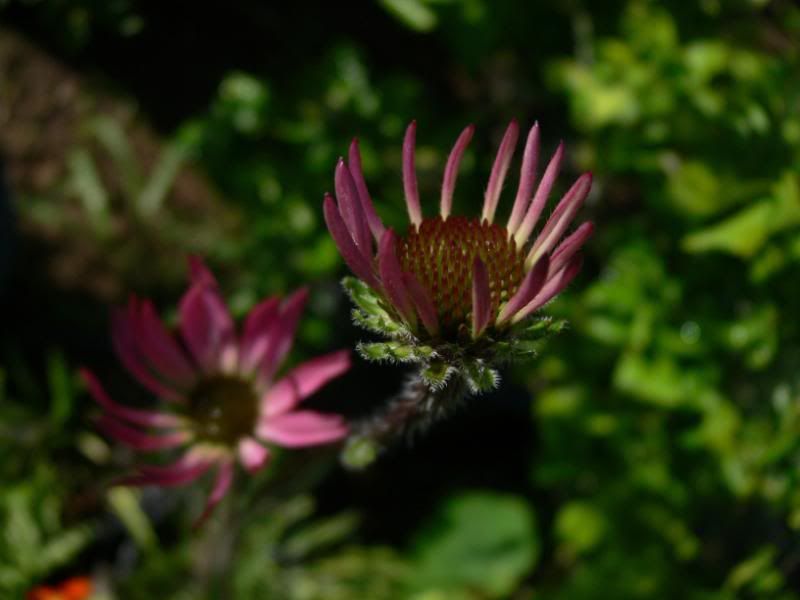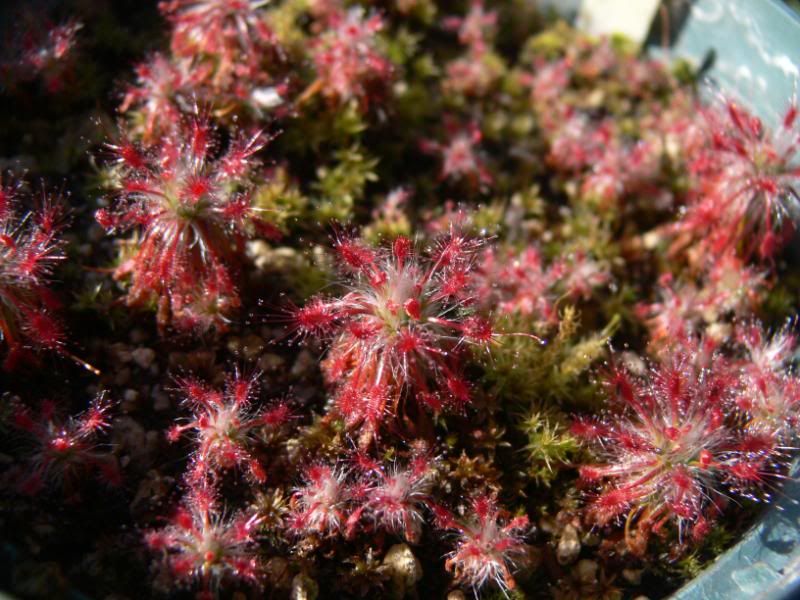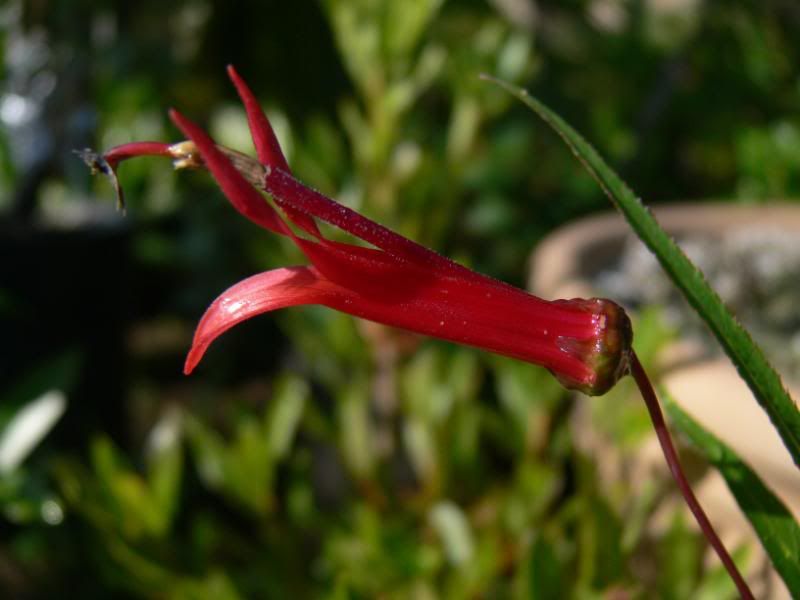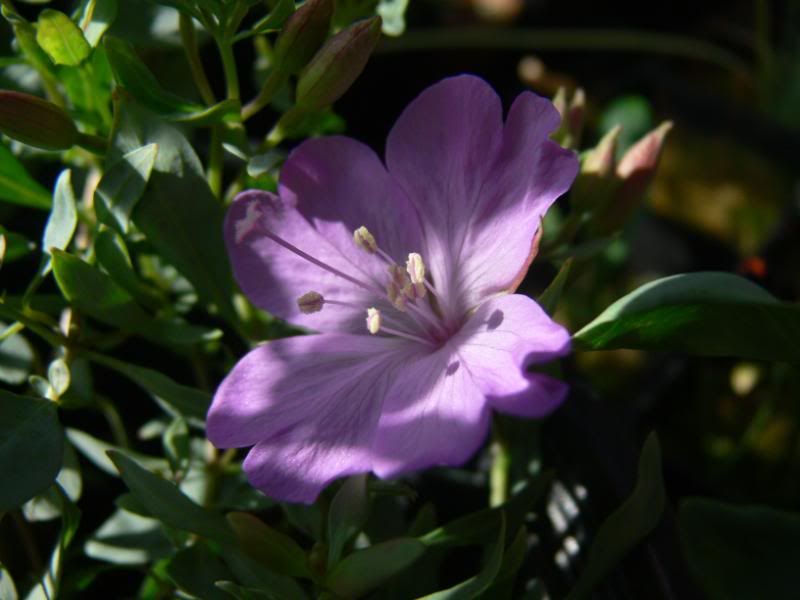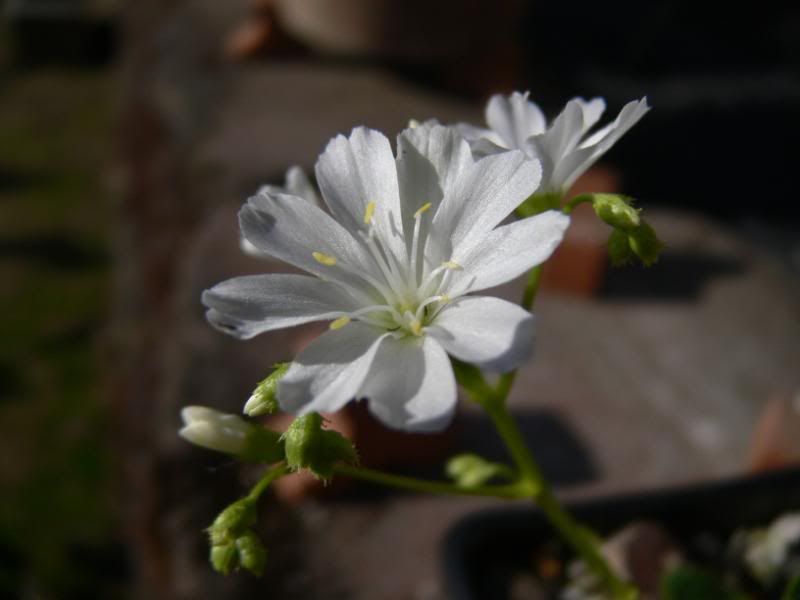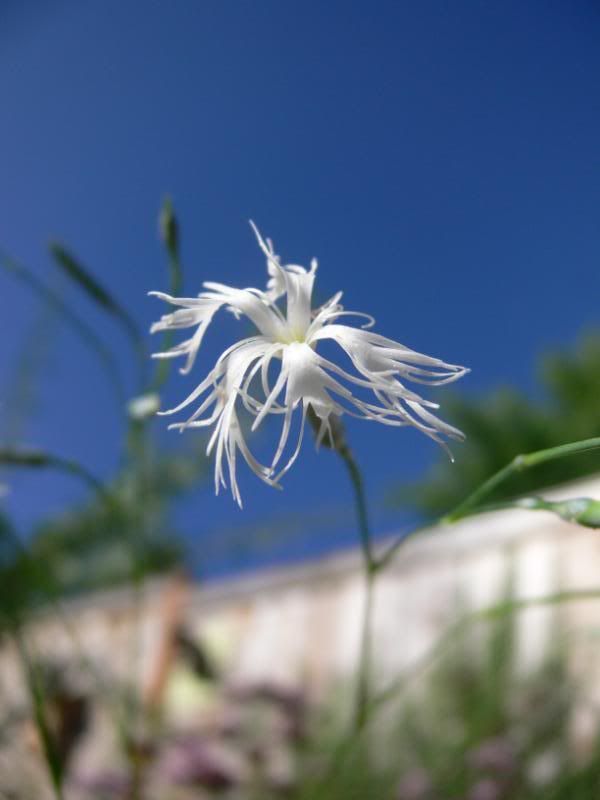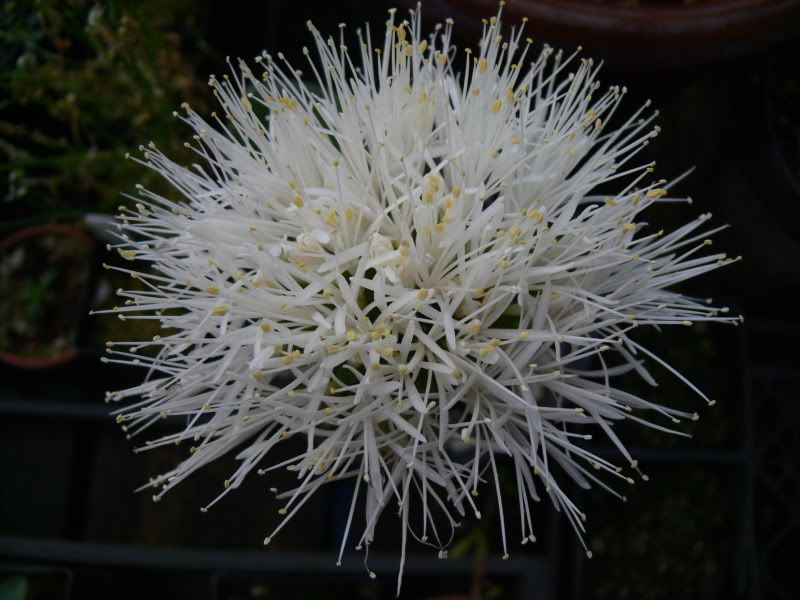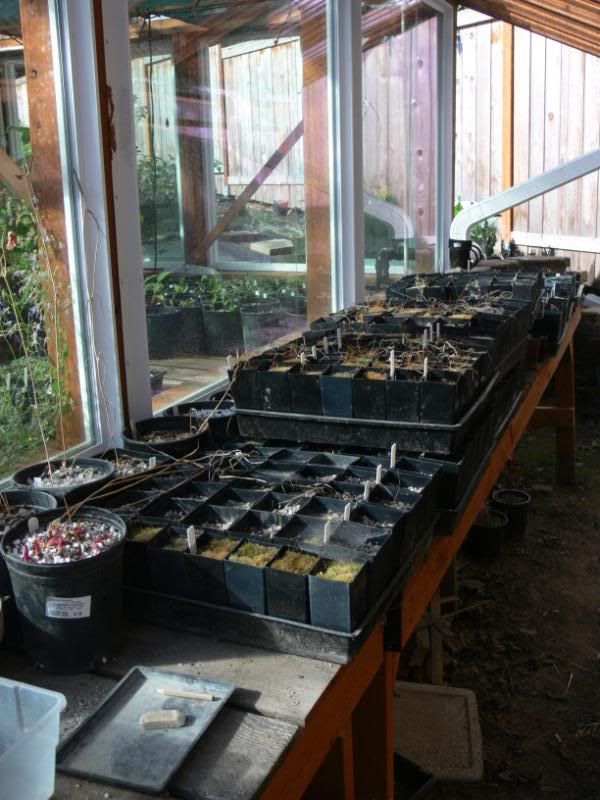I hung out with my friend Mt Hood today for a solid 12hrs. We bonded. Be prepared for an onslaught of floral photos! The two goals for the day: Lilium washingtonianum and Calochortus macrocarpus, and a minor goal of seeing Calochortus subalpinus again. I've seen the Lily only once before and never seen Calochortus macrocarpus.
First stop: Timberline. Holy crap! I've never seen so much snow in July. And you know what snow brings: bums who want to slide down a hill. One such lovely person who led his dog out into a sensitive alpine meadow and let it crap on the flowers I was to take pictures of and then didn't pick it up said to me, "I'm never here in July because there's usually nothing to do." Funny, I'm never there otherwise because there's nothing to do. None the less, due to the cold spring, which it still is at 6000ft, very little was open.
Luetkea pectinata.
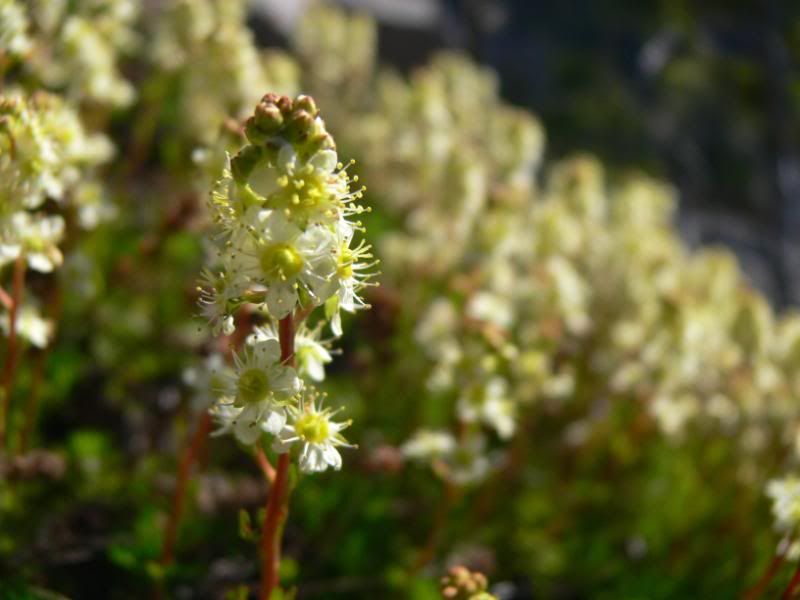
Penstemon davidsonii var davidsonii.
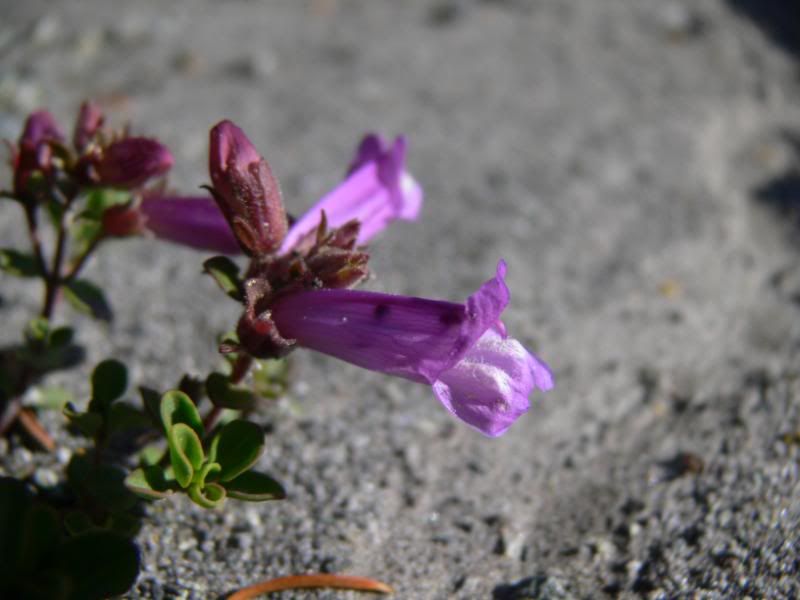
Penstemon procerus var brachyanthus.
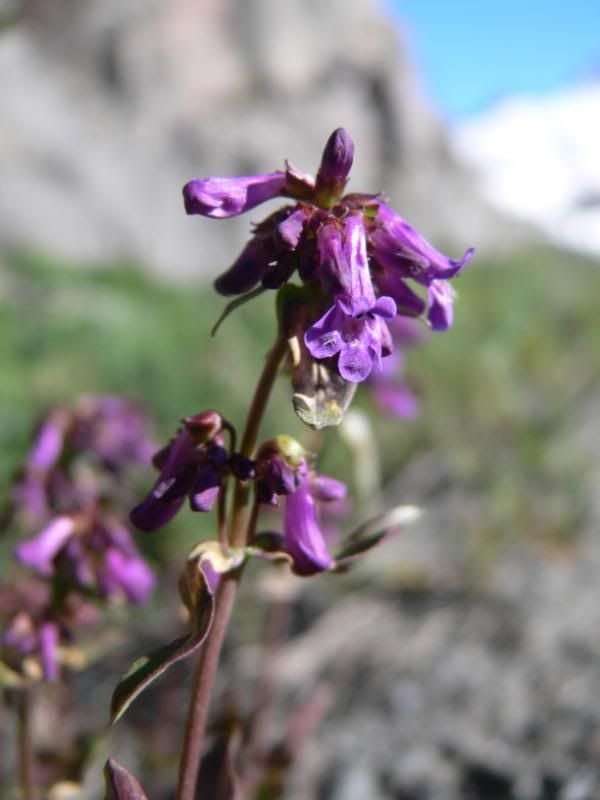
Even the moon was less than half open. At least the sky was 100% open!
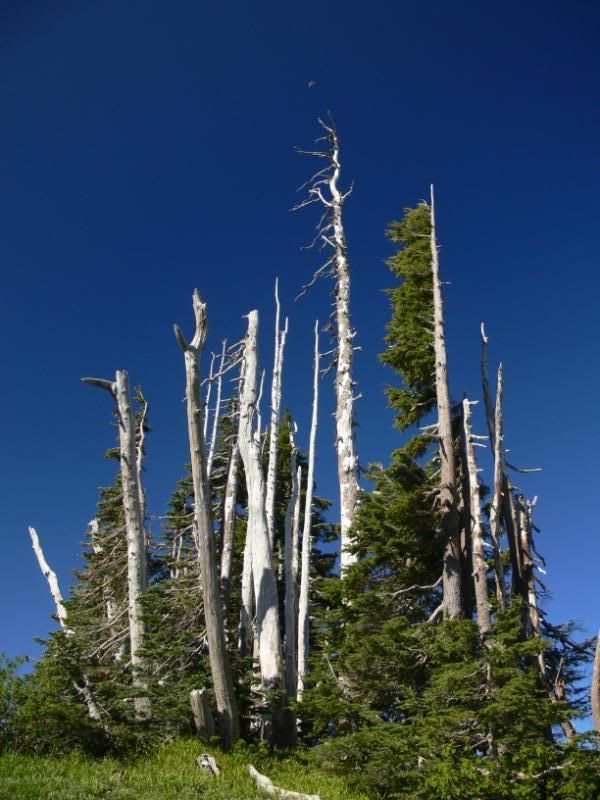
Phlox diffusa.
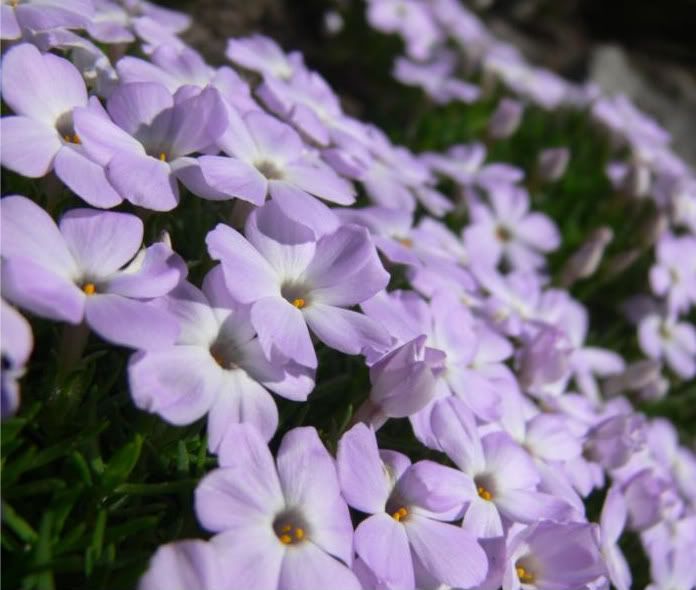
Alba form.
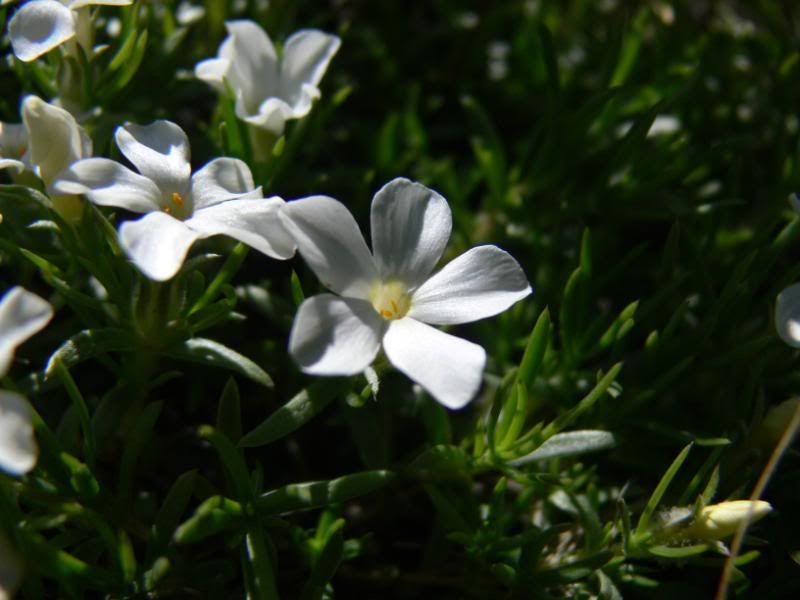
I think this is Spiraea splendens.
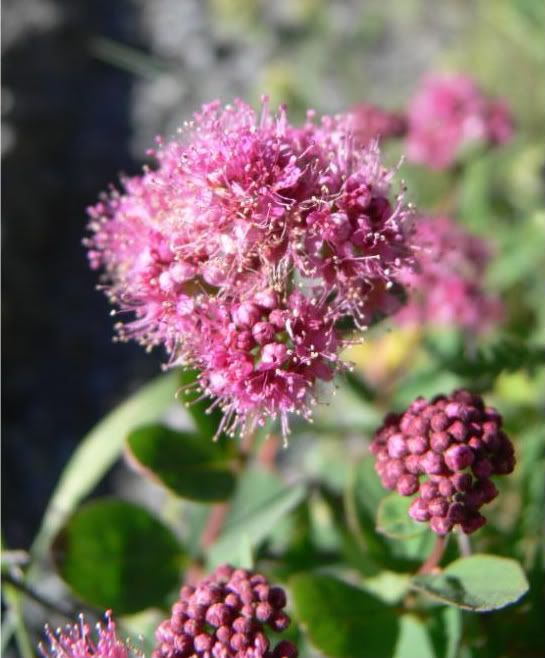
I was hoping the Calochortus subalpinus would be open at timberline, but alas.
Next, I drove to Mount Hood Meadows: Yeah, the skiing place. Never been there when snow was on the ground, tho. What are all of those little white flowers on the ground over there?...
Calochortus subalpinus. Success.
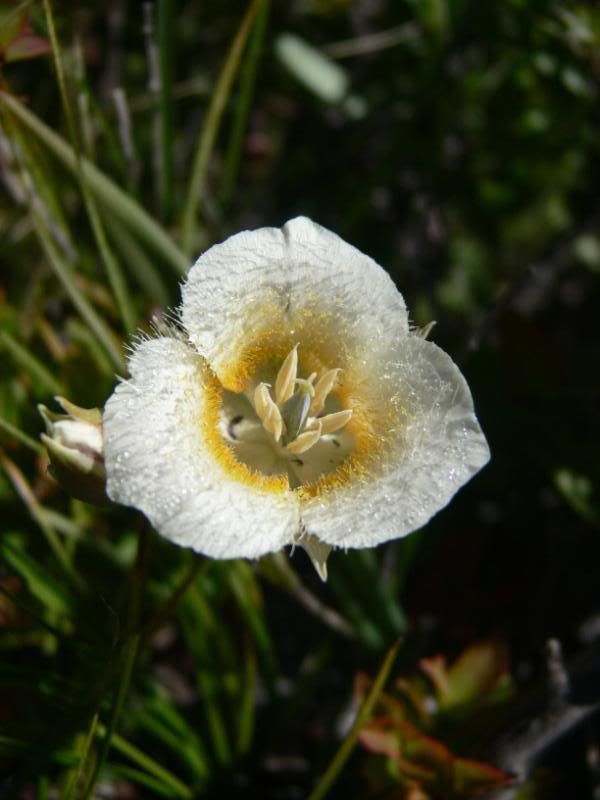
A frilly one. Don't know if this is genetic or environmental. Only way to check is to come back and get seed, grow the seed for 4 years and see if the flowers come out frilly or not. Probably not going to happen.
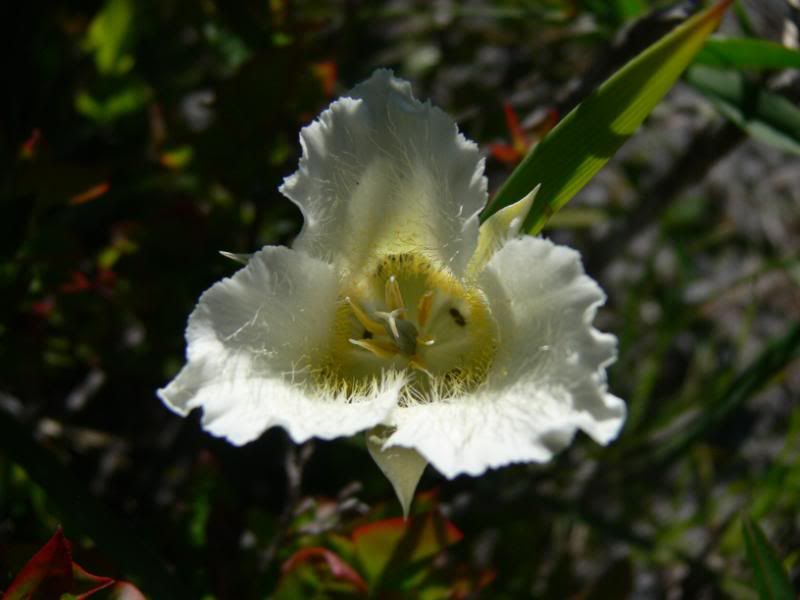
Valeriana sitchensis with sneaky inhabitant.
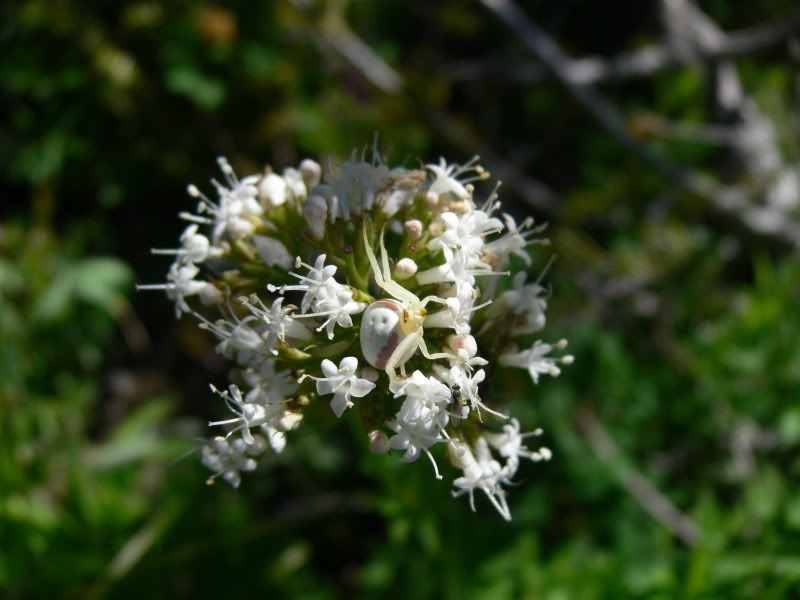
Polemonium pulcherrimum var calycinum. A nice striated flower.
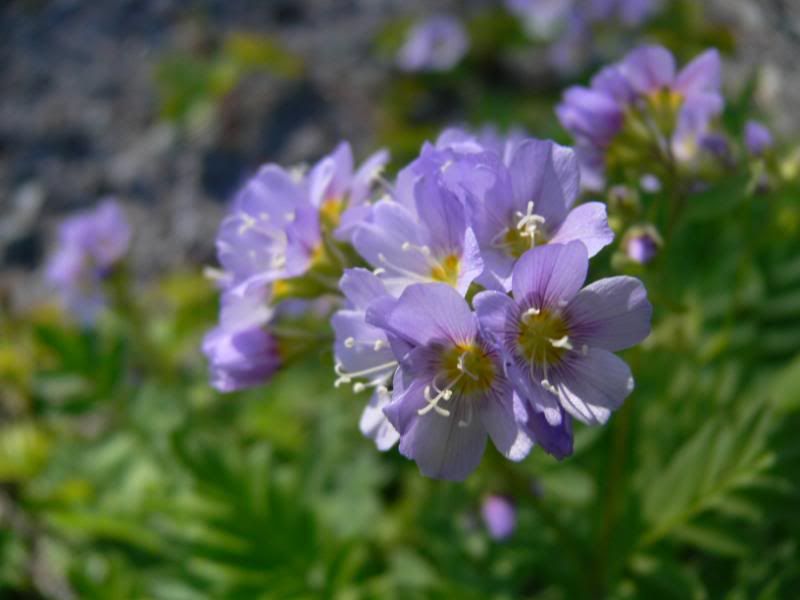
They were blooming in droves in out of focus backgrounds of photos.
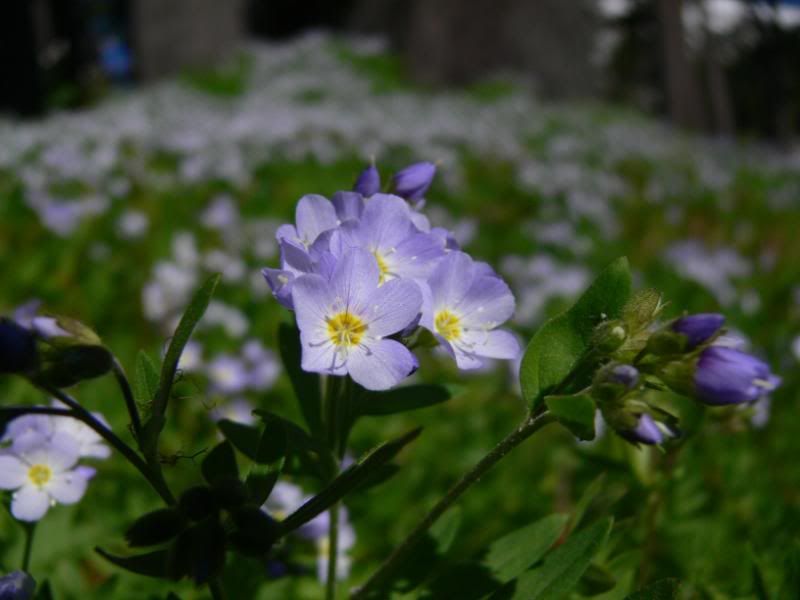
Dodecatheon jeffreyi still open, also in droves, at least 2 weeks later than usual. The bog below the ski area is spectacular.
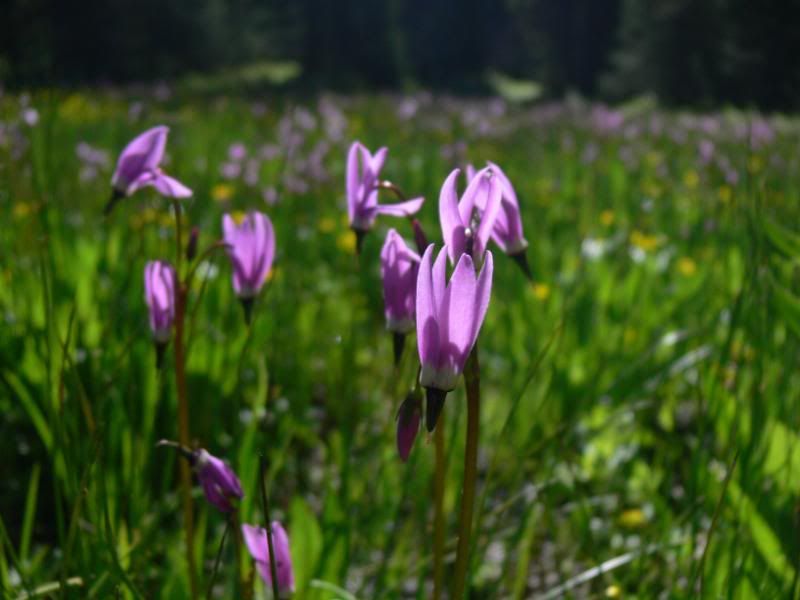
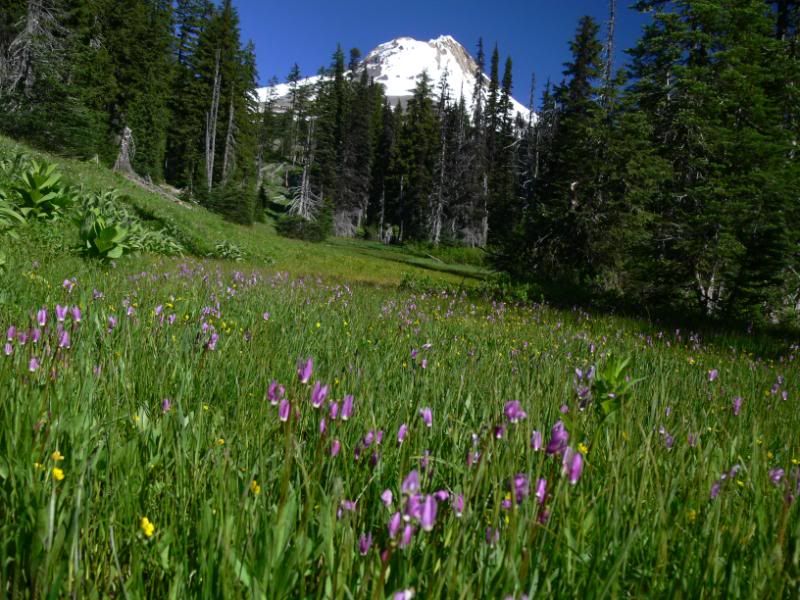
After leaving Mt Hood Meadows, I set off down Rd 48 to look for Lilium washingtonianum...
At this point we are starting to get into the dry side of the mountain. There are two reasons I hate the dry side of the mountain in the summer: The heat is Hot over there! The sun bakes down on my salty skin and cooks my ears inside and out. Second, the bugs jump and fly and crawl and tickle and bite and sting and buzz and rattle and creep the bejeezis out of you. Was that a breeze on my ankle, a wisp of grass or a tick!?? I go tromping through grasses and spiders and flies and grasshoppers and bees and every manner of creepy crawly seem to get right in my face! Ugh! Below are 30 reasons to Love the east side of the mountain in the summer.
Success! Common name is Washington Lily.
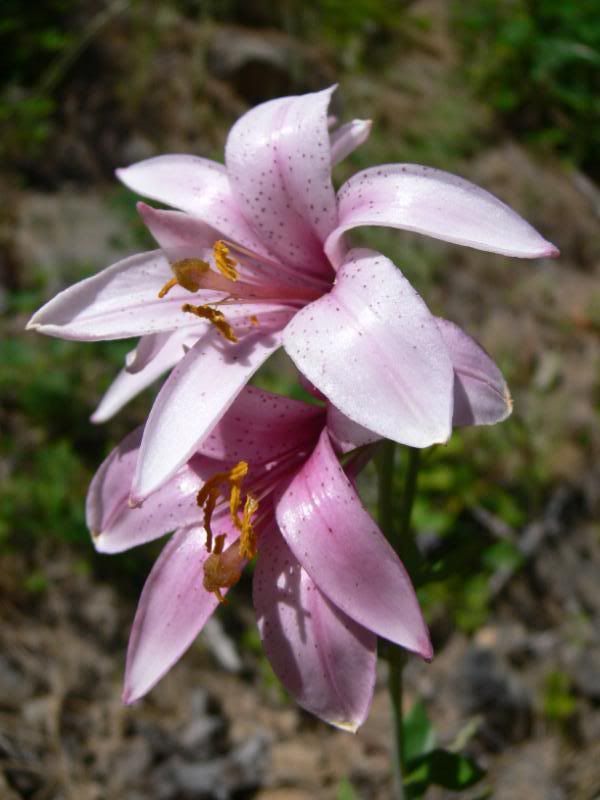
I saw, through out the day, no fewer than 9 populations along the road. Many were no where near pull offs on the road, so I didn't take photos of them all. This species has the goofiest distribution: OR Cascades and N CA Sierra. It does not exist in Washington! Mt Hood is the farthest north it goes! Found this on the internet: "Albert Kellogg described Washington lily in 1859. Kellogg named the plant after Martha Washington and not, as is often falsely assumed, the state of Washington."
Nearby, Lilium columbianum. Possibly named because most of it's population is in British Columbia. Or possibly named after Christopher Columbus: how the heck am I supposed to know...
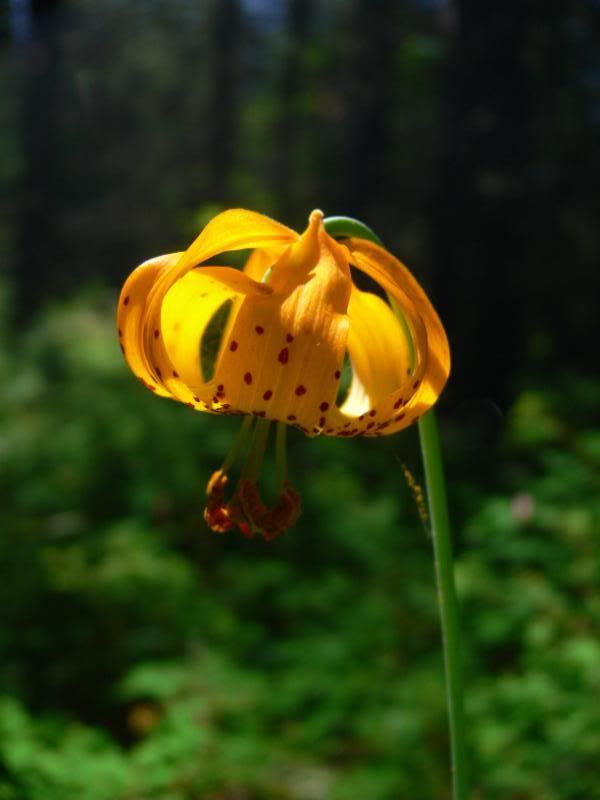
Anyhow, next stop, Rock Creek Reservoir.
Allium acuminatum.
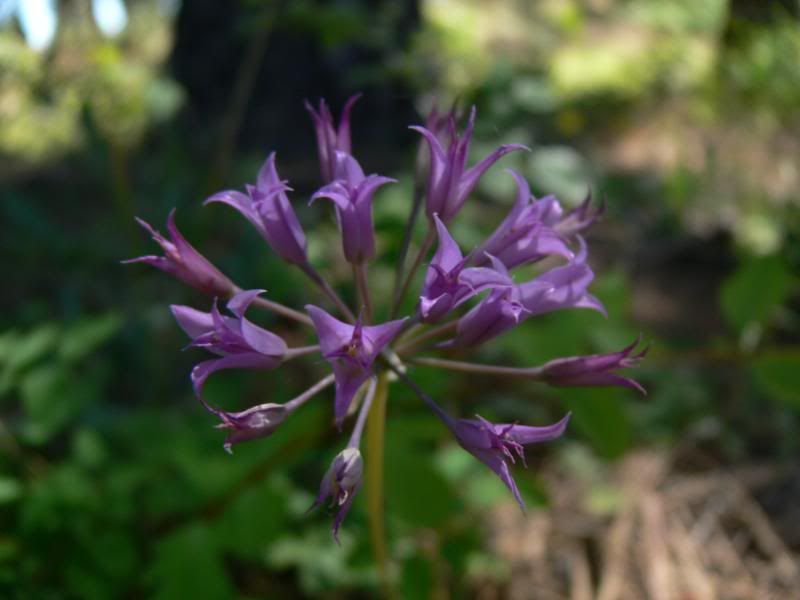
Triteleia hyacinthina
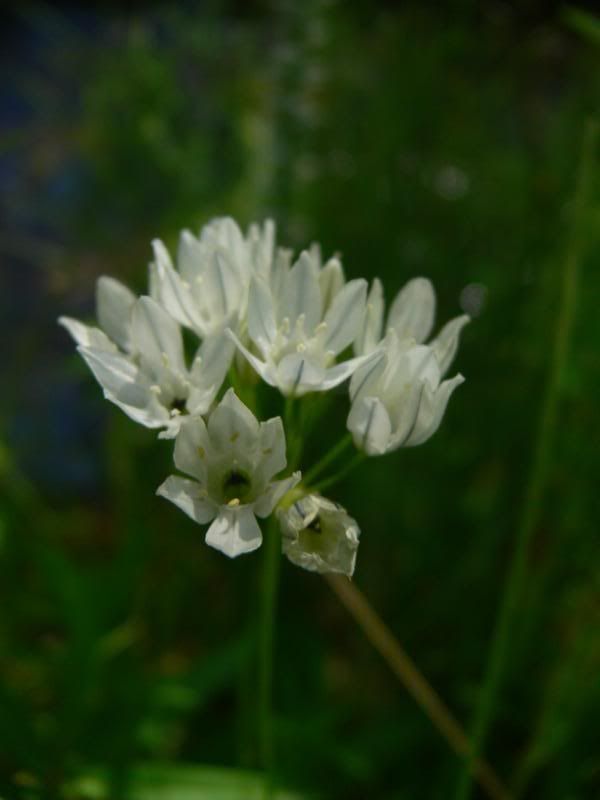
Both of the above should have been done blooming at least 2 weeks ago. In addition, the Spiranthes should have been opening, but I couldn't find a single one. Lots of Piperia open, though. Oh well. With so little on schedule, I didn't know how lucky I would be to find the Calochortus macrocarpus.
I set off east heading toward Tygh Valley and randomly turned down a road that I had never been down just to see what was there: Lilies? Brodiaea? Something else? What's that little pink thing over there on the side of the road?
Calochortus macrocarpus. Success number 3! There were about a dozen, maybe more. Notice how brown everything else is: this bulb blooms long after everything else (except perhaps the Madia in the background). Perhaps this is how they get pollinated even though the populations are so few and far between: they're the only food at the time.
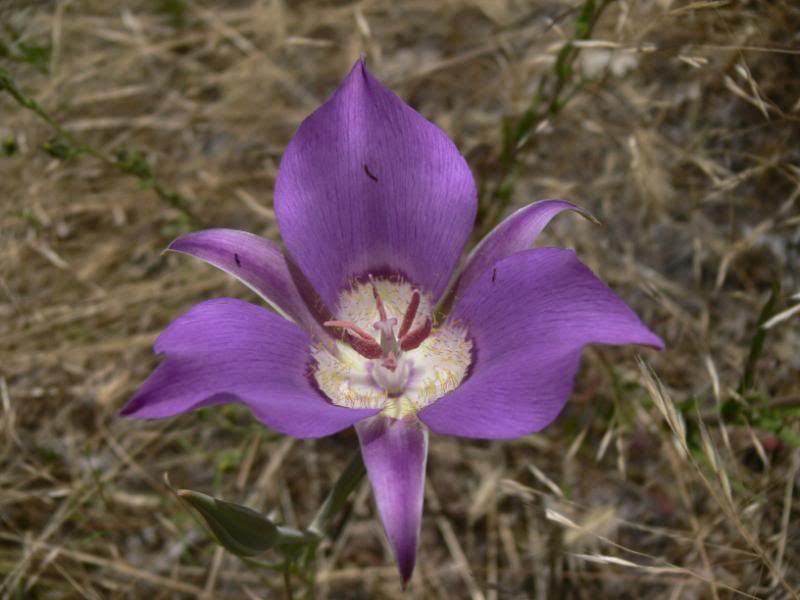
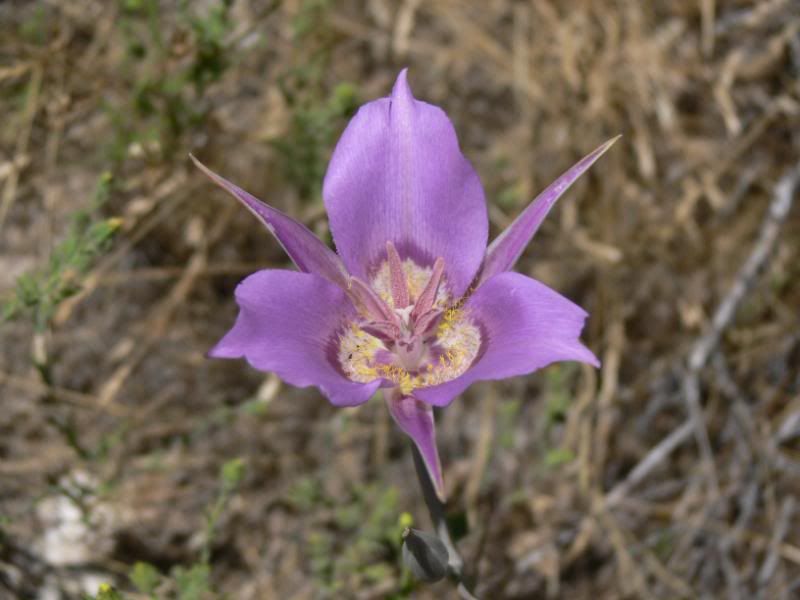
Commonly called the Sagebrush Mariposa Lily, (Mariposa is Spanish for Butterfly), this bulb is rare but not threatened. Chances are, you will never be in the right place at the right time to see one unless you really really try to be. I'd planned this trip for almost a year to see them. They're hard to take photos of since their flowers bob in the wind. The vast majority of the populations are in Eastern Oregon, Eastern Washington and Idaho. When I was a kid, we had one in our backyard in Richland, WA: Pretty random.
After that, I drove way the heck out to Tygh Valley, turned north and drove to Dufur, and took Rd 44 West back to HWY 35. BTW, if you ever find yourself near Tygh Valley, it is, by far, the most scenic little town out there! If I were an impressionist painter, I would visit often. Beautiful golden hills with dark green oaks in the little valleys. Looks a lot like central California. Everywhere else out there just is dreary and flat and filled with ATV races (which I did not stop and take pictures of, but it seems that every other person within a 50mi radius had done).
Penstemon euglaucus. I think. Driving west back into the NF, the flowers started up again.

Ipomopsis aggregata. A new one for me! Common name is Scarlett Gilia, which is confusing because it's not a Gilia at all! Although, they are in the same family.
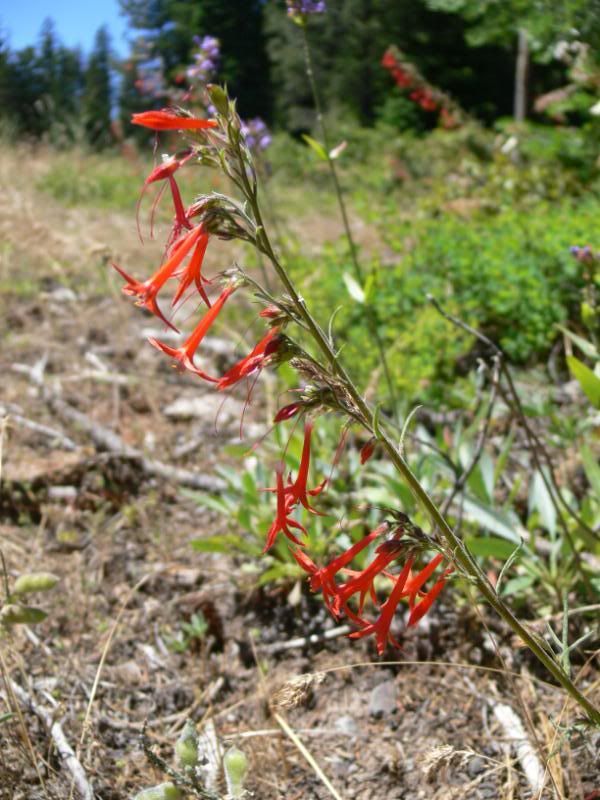
Bright red! It's an annual, though.
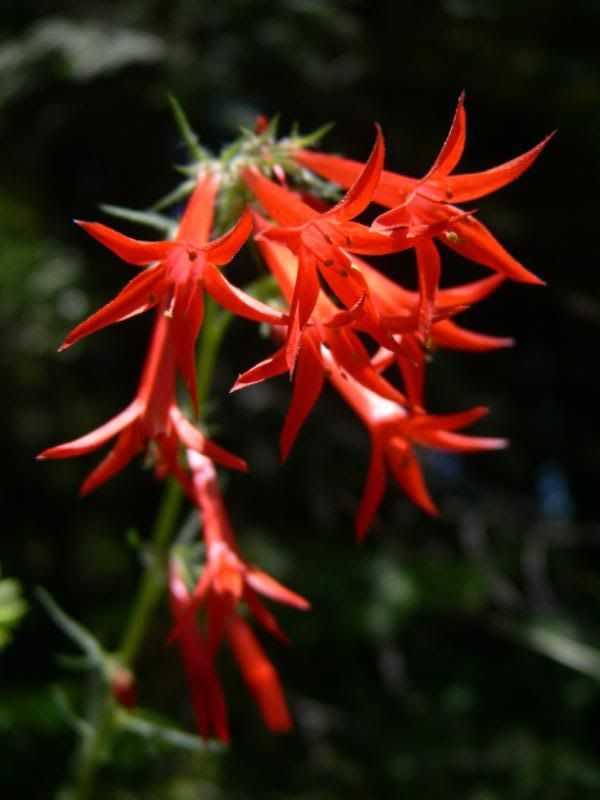
Out a ways, I crossed a bog with loads of Lupine, Triantha and Platanthera dilatata

On the other side of the road was a stream. Tons of Clintonia uniflora were blooming.

Common name is Blue Bead lily. The single berry that it produces looks just like a blueberry in September.
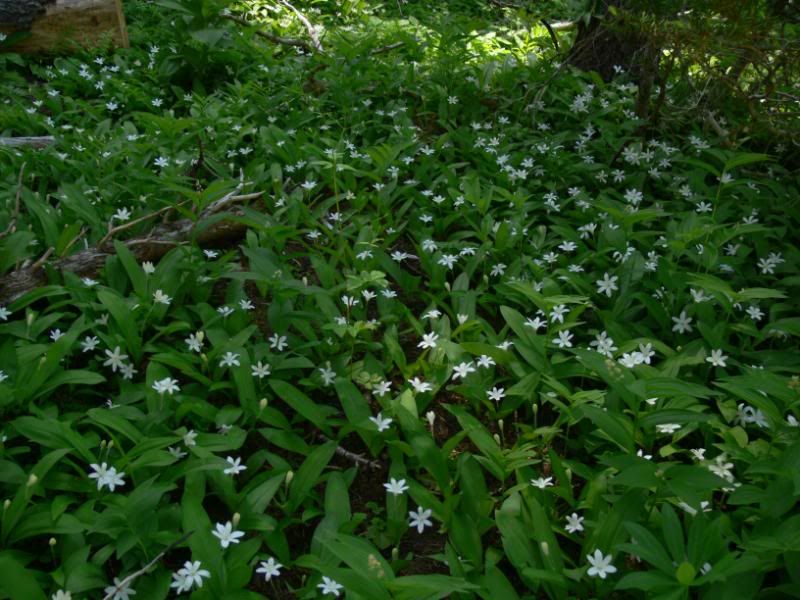
Saw another Lilium washingtonianum along the road. They are so fragrant that you can track them down with your nose.
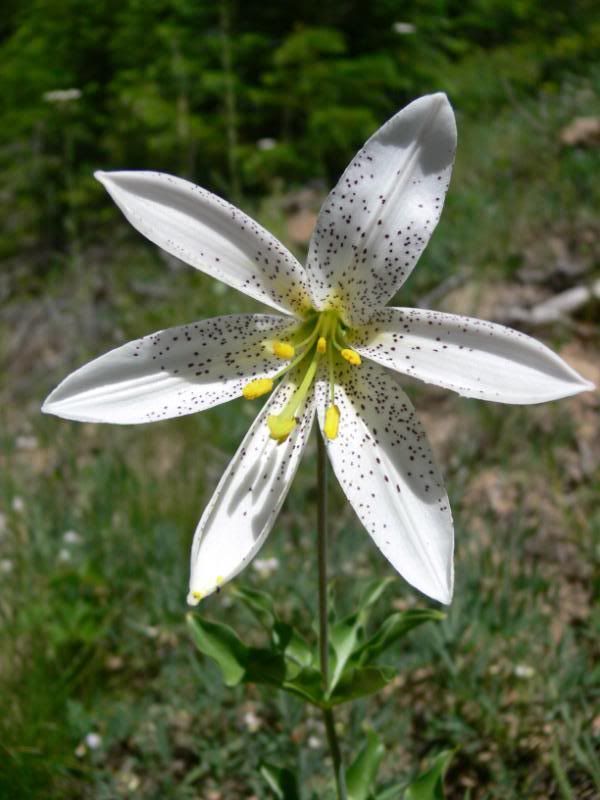
Trientalis borealis, Star flower was nearby.
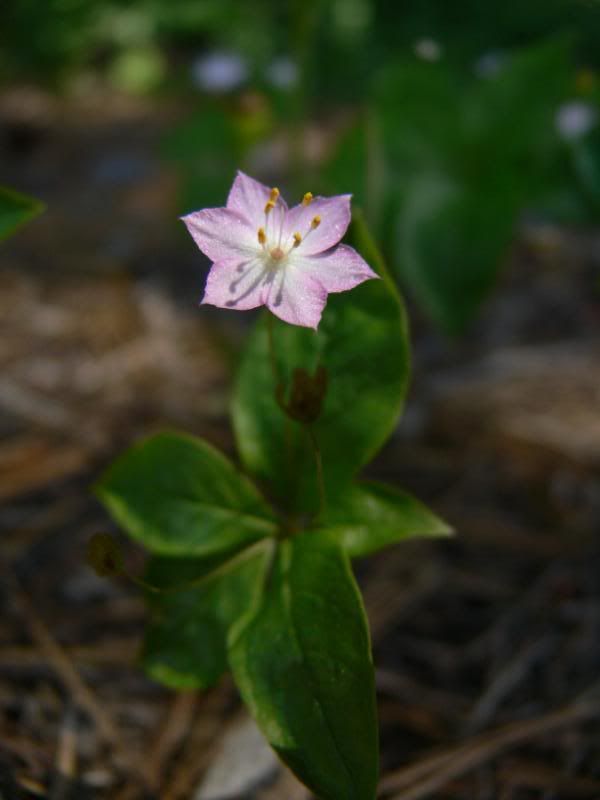
Getting back to the car, I noticed a little break in the dense trees along the road. Stepping through, I was confronted with what was obviously an old logging operation, where they left several trees intact. The Lupine went as far as I could see! It was gorgeous!
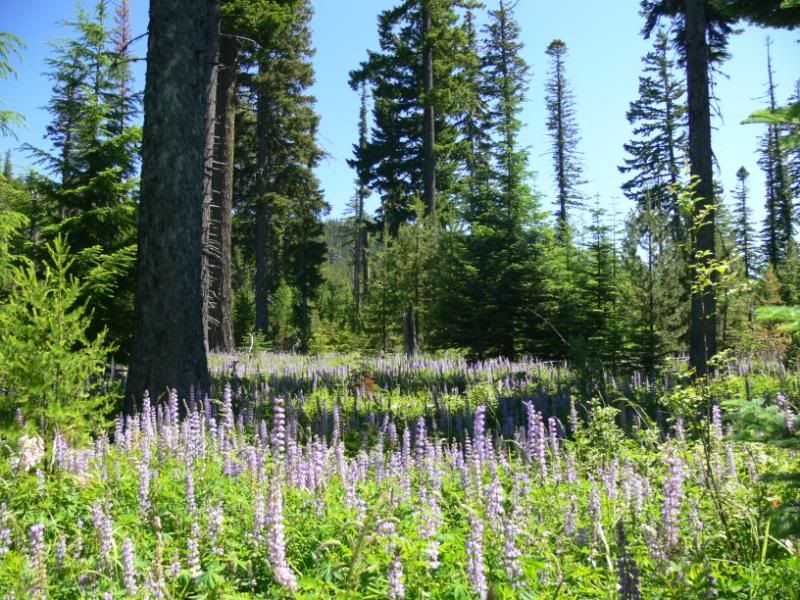
In amongst the lupine, I found this rather large Lilium washingtonianum. The whole field smelled sweet. The spent flowers turn pink and then purple before falling off.
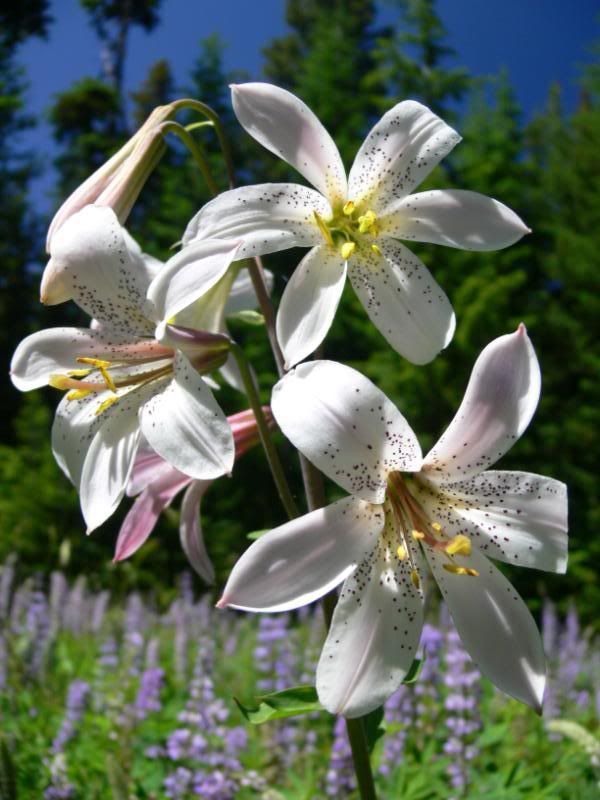
I drove back past several more lilies to HWY35 to go north and stopped for one more look about.
An unknown succulent was blooming profusely around the rocks.
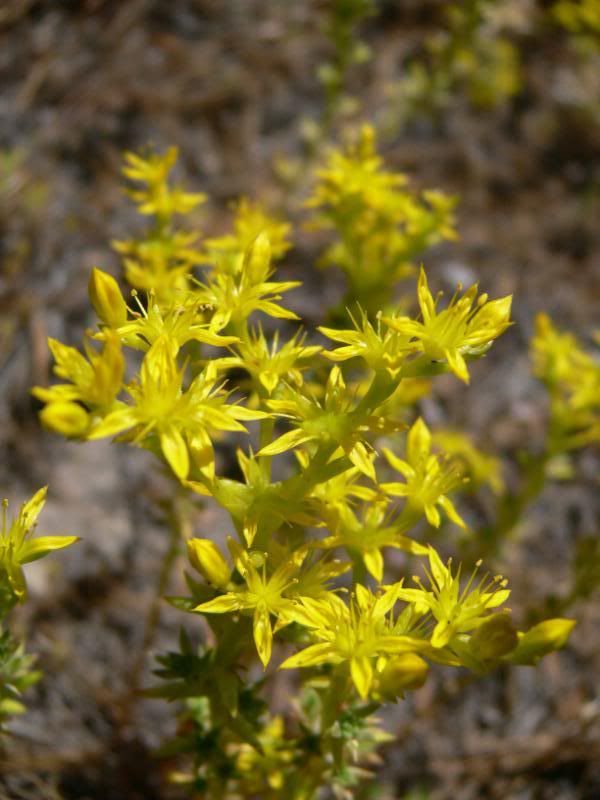
An unknown fluffy thing bloomed in spite of its namelessness.
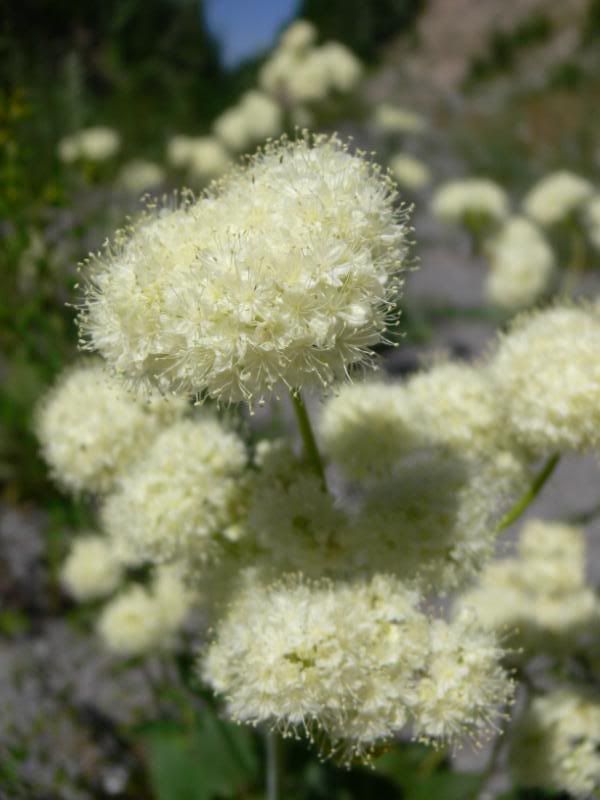
Ok, just one more lily. I promise...

Til next year...
